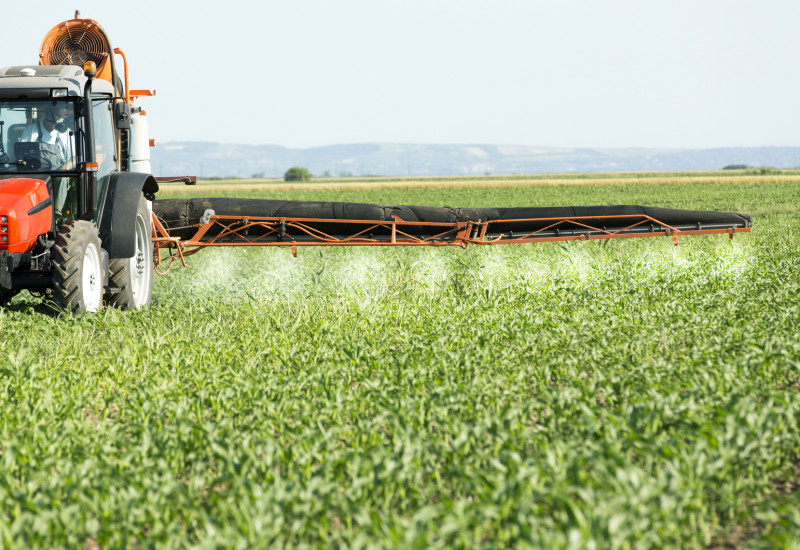European agencies including the German Environment Agency (UBA) have submitted a joint proposal for the restriction of PFAS (per- and polyfluoroalkyl substances) to the European Chemicals Agency (ECHA). This proposal is one of the most comprehensive to have been formulated since the REACH regulation first came into force in 2007. read more










